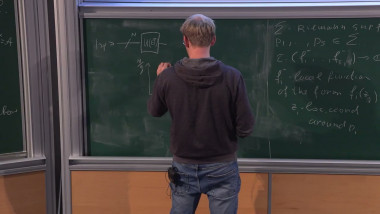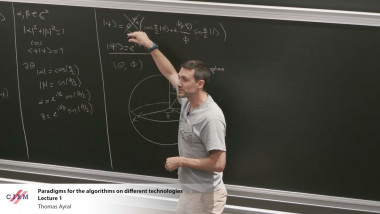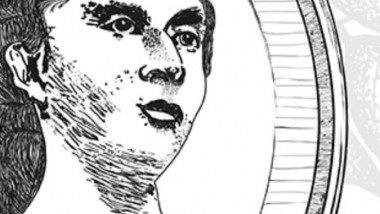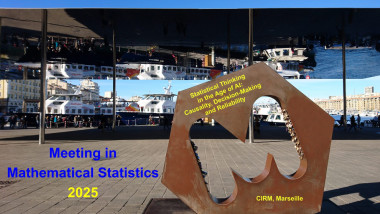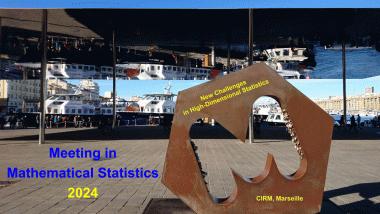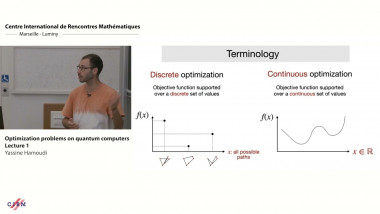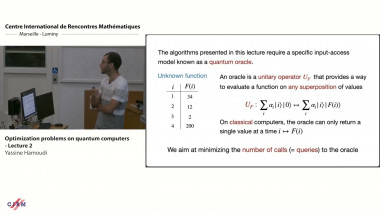Apparaît dans la collection : 9th International Conference on Quantum Simulation and Quantum Walks / 9e conférence internationale sur la simulation quantique et les marches quantiques
Quantum walks are widely and successfully used to model diverse physical processes. This leads to computation of the models, to explore their properties. Quantum walks have also been shown to be universal for quantum computing. This is a more subtle result than is often appreciated, since it applies to computations run on qubit-based quantum computers in the single walker case, and physical quantum walkers in the multi-walker case (quantum cellular automata). Nonetheless, quantum walks are powerful tools for quantum computing when correctly applied. I will explain the relationship between quantum walks as models and quantum walks as computational tools, and give some examples of their application in both contexts.

